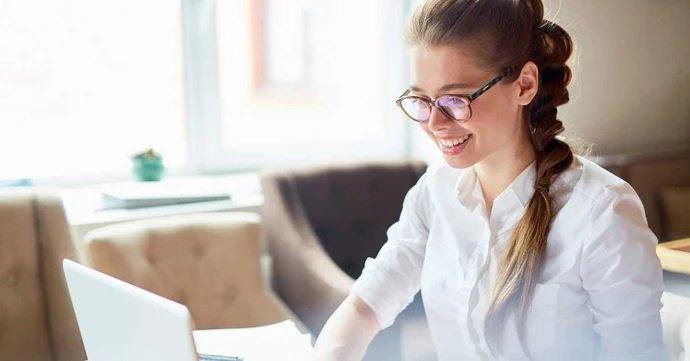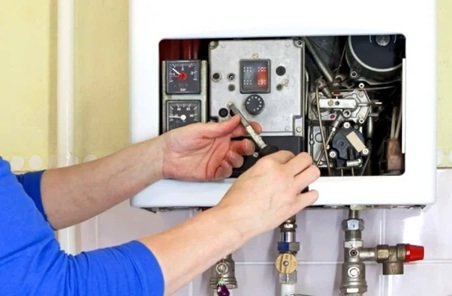In the dynamic realm of Java programming, every line of code written carries the weight of efficiency and functionality. As professionals dedicated to honing our craft, we often grapple with the intricacies of data storage and retrieval. Imagine a scenario where a seamless, lightning-fast data organization solution is at your fingertips. This is precisely where the Java Map Interface steps in to offer its prowess.
In this blog, we’ll delve into the heart of Java interview questions, catering to professionals aiming to bolster their expertise. We’ll journey through the foundational queries that often set the stage for technical interviews and venture into the advanced territories that separate the adept from the exceptional.
Mapping Out the Basics: What’s a Java Map Interface?
Before diving into the intricate details, let’s set the foundation right. The Java Map Interface is part of the Java Collections Framework, designed to store key-value pairs in a way that allows you to quickly retrieve values based on their corresponding keys. Think of it as a dictionary that lets you find definitions (values) for words (keys) efficiently.
Getting Acquainted: Common Interview Questions on Java Map Interface
Q1: What’s the Difference Between a Map and a Set?
- A map associates keys with values, allowing efficient value retrieval based on keys.
- A set is a collection of unique elements with no duplication, suitable for storing individual items without a paired value.
Q2: Explain HashMap, TreeMap, and LinkedHashMap.
- HashMap: Offers fast retrieval through hashing; order of elements not guaranteed.
- TreeMap: Maintains elements in a sorted order, making it suitable for range queries.
- LinkedHashMap: Preserves insertion order while providing O(1) access time.
Q3: How Does HashMap Handle Collisions?
- HashMap uses techniques like chaining (storing multiple entries at the same hash location) and open addressing (finding the next available slot) to manage collisions.
Q4: Discuss the Concept of Hashing.
- Hashing involves converting a key into a hash code using a hash function.
- A good hash function minimizes collisions and distributes keys evenly, enhancing performance.
Exploring Intermediate Territory: Advanced Questions
Q1: When Would You Use a ConcurrentMap?
- ConcurrentMap implementations like ConcurrentHashMap are crucial in multi-threaded scenarios to prevent data corruption during simultaneous access.
Q2: Custom Objects as Map Keys: What’s the Catch?
- Using custom objects as map keys requires proper implementations of hashCode() and equals() methods for accurate key retrieval.
Q3: Performance Comparison: HashMap vs. TreeMap vs. LinkedHashMap.
- HashMap: Fastest for general retrieval; unordered.
- TreeMap: Slower retrieval, but maintains sorting; suitable for range queries.
- LinkedHashMap: Slightly slower than HashMap, but preserves insertion order.
Q4: Can You Achieve Synchronization with SortedMap?
- Yes, synchronization can be achieved using methods like Collections.synchronizedSortedMap().
- SortedMap’s relationship with ConcurrentNavigableMap provides additional capabilities for concurrent access.
Conclusion
Congratulations! You’ve navigated through the basics and delved into the depths of Java Map Interface interview questions.
Remember, practice makes perfect. Implement these concepts in real-world scenarios to cement your knowledge. Java Map Interface isn’t just a collection—it’s a treasure trove of possibilities waiting for you to explore.








